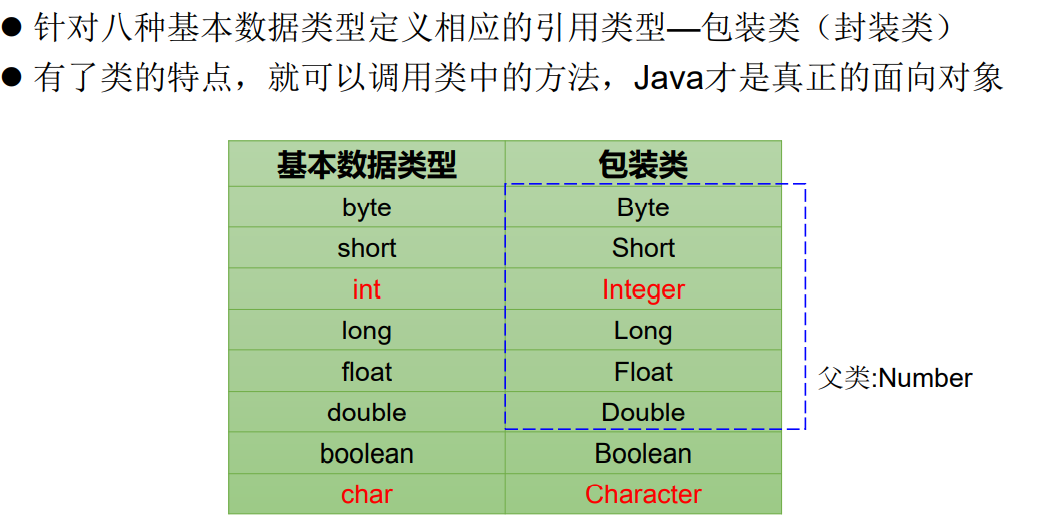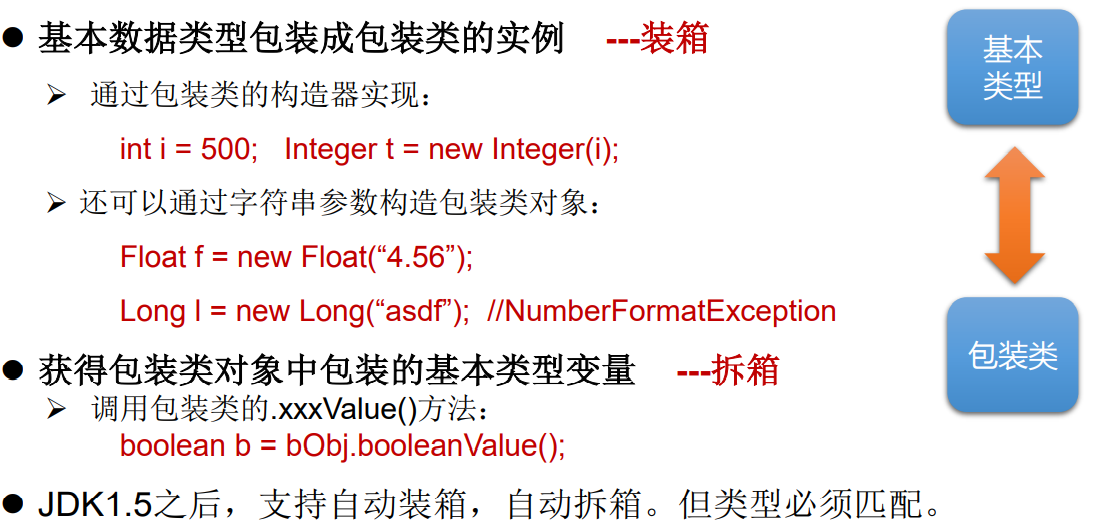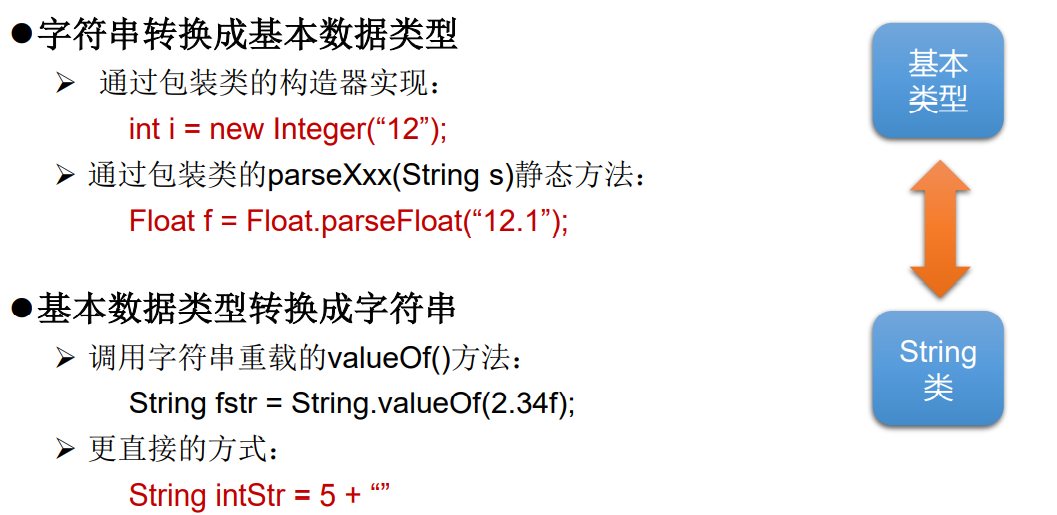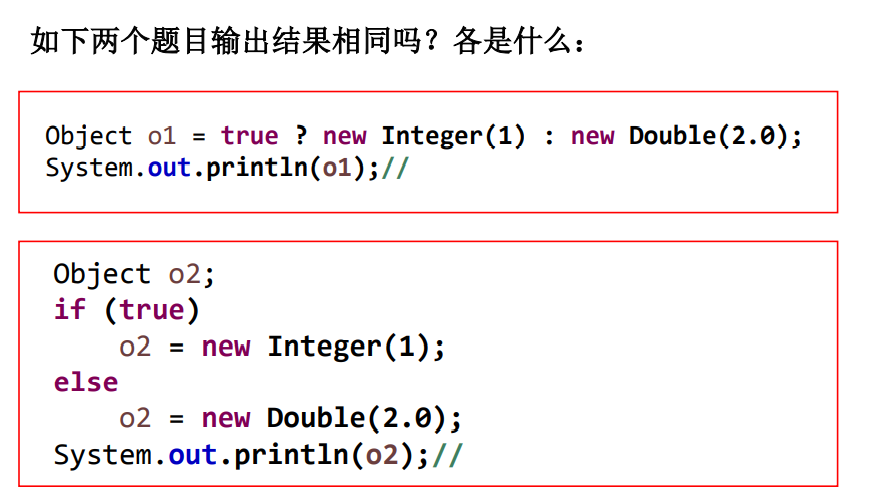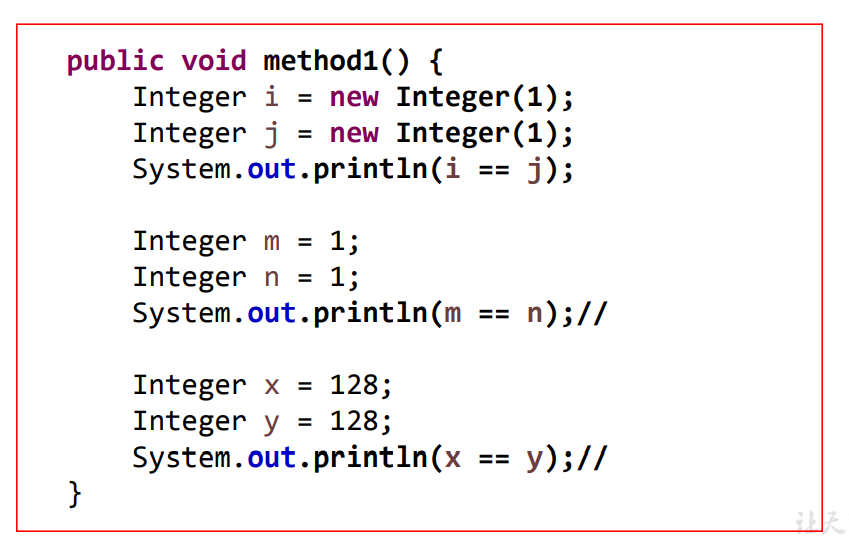1
2
3
4
5
6
7
8
9
10
11
12
13
14
15
16
17
18
19
20
21
22
23
24
25
26
27
28
29
30
31
32
33
34
35
36
37
38
39
40
41
42
43
44
45
46
47
48
49
50
51
52
53
54
55
56
57
58
59
60
61
62
63
64
65
66
67
68
69
70
71
72
73
74
75
76
77
78
79
80
81
82
83
84
85
86
87
88
89
90
91
92
93
94
95
96
97
98
99
100
101
102
103
104
105
106
107
108
109
110
111
112
113
114
115
116
117
118
119
120
| import org.junit.Test;
public class WrapperTest {
@Test
public void test5(){
String str1 = "123";
int num2 = Integer.parseInt(str1);
System.out.println(num2 + 1);
String str2 = "true1";
boolean b1 = Boolean.parseBoolean(str2);
System.out.println(b1);
}
@Test
public void test4(){
int num1 = 10;
String str1 = num1 + "";
float f1 = 12.3f;
String str2 = String.valueOf(f1);
Double d1 = new Double(12.4);
String str3 = String.valueOf(d1);
System.out.println(str2);
System.out.println(str3);
}
@Test
public void test3(){
int num2 = 10;
Integer in1 = num2;
boolean b1 = true;
Boolean b2 = b1;
System.out.println(in1.toString());
int num3 = in1;
}
public void method(Object obj){
System.out.println(obj);
}
@Test
public void test2(){
Integer in1 = new Integer(12);
int i1 = in1.intValue();
System.out.println(i1 + 1);
Float f1 = new Float(12.3);
float f2 = f1.floatValue();
System.out.println(f2 + 1);
}
@Test
public void test1(){
int num1 = 10;
Integer in1 = new Integer(num1);
System.out.println(in1.toString());
Integer in2 = new Integer("123");
System.out.println(in2.toString());
Float f1 = new Float(12.3f);
Float f2 = new Float("12.3");
System.out.println(f1);
System.out.println(f2);
Boolean b1 = new Boolean(true);
Boolean b2 = new Boolean("TrUe");
System.out.println(b2);
Boolean b3 = new Boolean("true123");
System.out.println(b3);
Order order = new Order();
System.out.println(order.isMale);
System.out.println(order.isFemale);
}
}
class Order{
boolean isMale;
Boolean isFemale;
}
|
